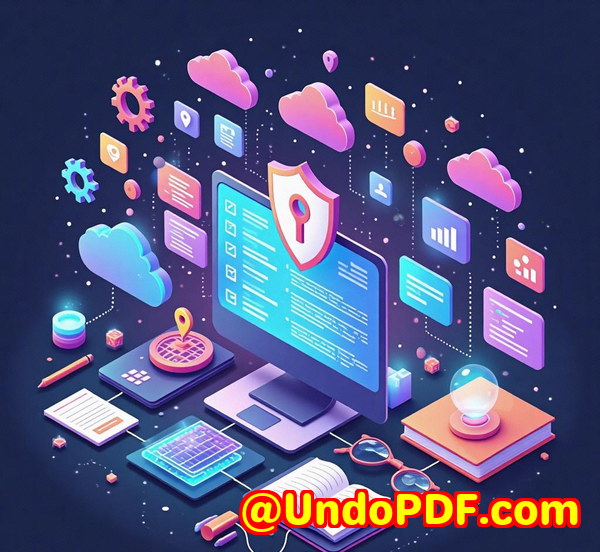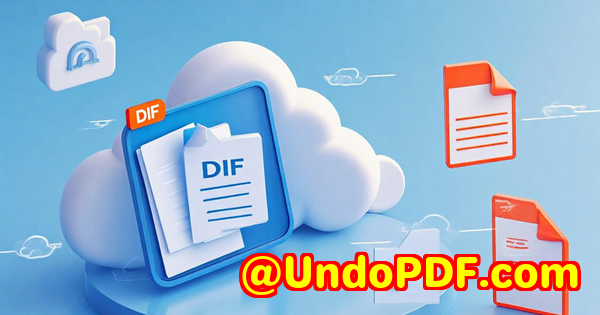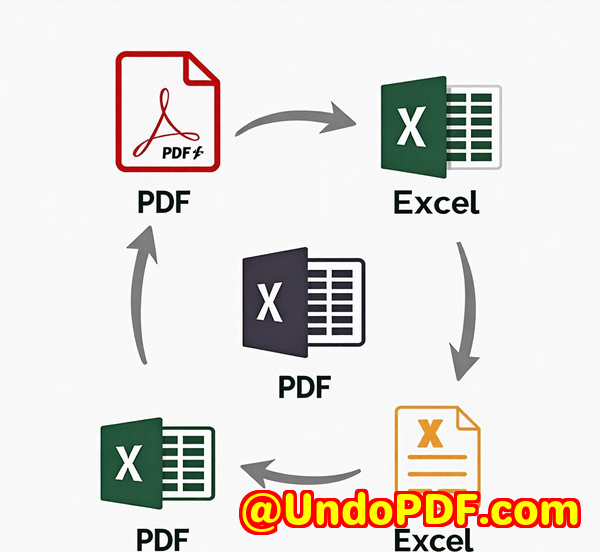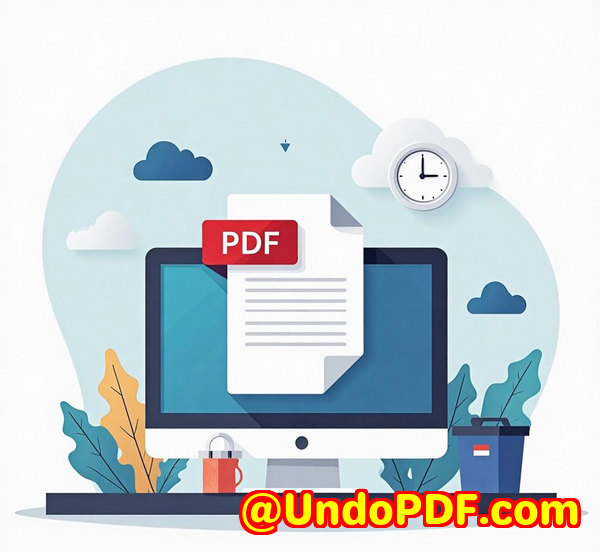How to apply digital company seals across internal reports using batch overlay tool
How to apply digital company seals across internal reports using batch overlay tool
Meta Description:
Use VeryPDF PDF Overlay SDK to automate company seals on reports and documents with batch control, high-quality output, and zero cloud dependency.

Every time we had to issue internal reports, someone from ops would spend hours manually stamping our company seal on each PDF.
That task alone slowed down report approvals by a day or more.
We tried all the usual suspectsonline tools, Acrobat plugins, free scriptsbut nothing could handle batch jobs cleanly and keep our vector graphics sharp.
Then we found VeryPDF PDF Overlay Command Line and SDK, and everything changed.
The problem with manual PDF stamping (and bad automation)
Let me back up for a second.
Our weekly reporting process goes like this:
-
Analysts generate dozens of PDF reportseach tailored per department.
-
Legal mandates a digital company seal must be visible on every page.
-
The seal has to be non-destructive, sharp enough for printing, and aligned just right.
We tried overlaying the seal in Acrobat using Actions.
Good for one or two files.
Terrible for 50+ documents, especially when layout margins vary.
We even wrote a Python script around PyPDF2.
That broke the moment it hit a report with rotated pages or embedded fonts.
What we really needed was:
-
Batch overlay support
-
Clean vector rendering
-
Full offline control
-
No licensing hell or server limitations
That’s when VeryPDF PDF Overlay SDK landed on our radar.
What is VeryPDF PDF Overlay Command Line and SDK?
It’s a developer-first tool built for automating PDF overlay tasks.
Think of it like a Swiss Army knife for stamping, watermarking, and merging PDFs without touching the original structure.
Overlay, in this case, means you’re placing one PDF on top of anotherlayered, not merged.
So your original content stays untouched.
Logos, seals, disclaimers, letterheadsthey all sit above the content, like transparent stickers.
And here’s the kicker: it works fully offline, supports both Windows and Linux, and is 100% royalty-free.
No surprise charges.
No API limits.
Just raw control.
Who should be using this?
This isn’t just for IT teams.
If you handle any kind of PDF automation or document formatting, this tool is for you.
Here’s who’ll benefit most:
-
Enterprise reporting teams: Batch apply branding and compliance marks.
-
Legal & compliance officers: Auto-stamp disclaimers, signatures, and legal clauses.
-
Print shops: Add background templates without flattening or rasterising content.
-
Developers: Need PDF overlaying as part of a docgen system or custom reporting tool? You’re covered.
-
Educational institutions: Stamp “Confidential”, “Draft”, or watermarks on exam files or certificates.
In short, anyone tired of bottlenecks from manual PDF editing or poor-quality automation.
How I used it (and why it worked when others failed)
We implemented VeryPDF PDF Overlay Command Line on a Linux server.
Took half a day to get everything scripted and tested.
Here’s what stood out:
1. Batch Processing at Scale
One command.
Fifty PDFs sealed.
All done in under a minute.
The tool handles file wildcards, batch scripts, and output naming without choking.
No crashing, no memory leaks, no random errors at file 38.
2. High-Quality Vector Output
Our company seal is a complex SVG with embedded fonts.
We’ve had other tools distort the colours or rasterise the image into a blurry mess.
Not here.
Every seal came out razor-sharp, aligned perfectly at the bottom-right corner.
Print-ready, zero loss.
3. Platform Agnostic
Our dev environments are mixedsome Linux VMs, some Windows test stations.
The same overlay script ran clean on both.
That kind of cross-platform support is rare for something this specialised.
Other killer features you might care about
-
Works offline no data leaks, no waiting for cloud queues.
-
Supports precise positioning you can offset overlays by X/Y or stretch across the page.
-
Overlay single or multi-page templates great for multipage headers, footers, etc.
-
Custom logic want to overlay Department A’s seal on only their reports? Easy.
-
API & Command-Line interface pick what fits your stack best.
Real-world use cases where this tool crushes
Print shops: Drop customer logos or QR codes onto covers without changing their original file.
HR departments: Overlay “Confidential” watermarks on employment contracts before sharing.
Law firms: Auto-embed standard legal footers across all generated documents.
Financial services: Add risk disclaimers dynamically to investor documents.
Schools: Stamp “Draft” or “Sample Only” on past papers shared online.
Startups: Automatically seal invoices, quotes, or service agreements.
How it stacks up vs other tools
| Feature | Acrobat | Online Tools | PyPDF2 Scripts | VeryPDF PDF Overlay SDK |
|---|---|---|---|---|
| Offline | ||||
| Vector Quality | ||||
| Batch Support | ||||
| API Integration | ||||
| Licensing Model | Subscription | Freemium | Open Source | One-time, Royalty-free |
| Platform Support | Windows | Web | Mixed | Windows & Linux |
My take on it
This tool doesn’t try to be flashy.
It just does the joband does it really well.
If you’re in charge of anything that touches PDFs on a regular basis, or you’re tired of duct-taping open-source tools that barely handle overlays, this is a must-have.
Click here to try it out for yourself:
https://www.verypdf.com/
Or better yet, start your free trial now and stop wasting time sealing PDFs one by one.
Custom Development Services by VeryPDF
VeryPDF doesn’t stop at prebuilt SDKs.
They build custom solutions toofor any kind of document processing stack.
Need a PDF printer driver for Linux that supports PCL?
Want to intercept Windows print jobs and convert them to searchable PDFs?
Looking to embed OCR or barcode recognition into a cloud pipeline?
They’ve built tools in:
-
Python, PHP, C/C++, Windows API
-
JavaScript, C#, .NET, HTML5
-
iOS, Android, Linux, macOS
-
Even Docker and serverless functions
Their portfolio spans virtual printers, API hooks, document layout engines, TIFF/PDF form generators, cloud PDF viewers, DRM controls, font rendering techyou name it.
If you’re working on something gnarly, contact them here:
https://support.verypdf.com/
FAQ
1. Can I overlay different seals on different reports automatically?
Yes. The SDK allows you to conditionally apply overlays based on file names or other logic through scripting.
2. Does this tool work offline on Linux servers?
Absolutely. It’s fully standalone, no internet or cloud required.
3. What file formats are supported for overlays?
PDF overlays only. But your PDF can include images, vector graphics, text, or any printable layout.
4. Can I control where the seal appears on the page?
Yes. You can set X/Y positioning, scaling, even per-page control.
5. Do I need programming knowledge to use this tool?
Not necessarily. The command-line interface is scriptable and easy to use. But for deeper integration, dev skills help.
Tags or Keywords
-
PDF overlay batch tool
-
add company seal to PDF reports
-
PDF watermark SDK for developers
-
batch PDF stamping Linux
-
document automation SDK Windows



